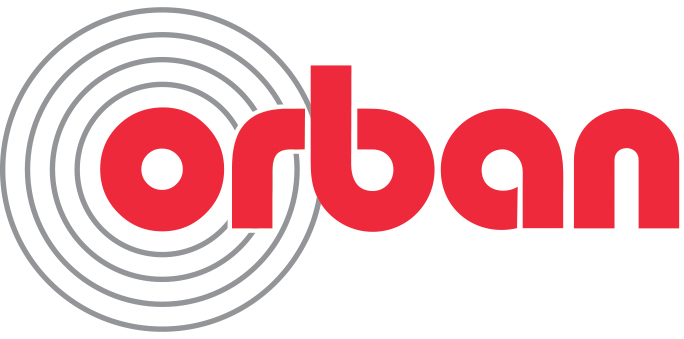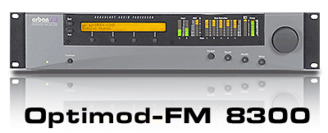Summary
Ever since Orban introduced Optimod-FM 8400, stations that couldn’t afford its admittedly premium price have coveted the loudness, cleanliness, competitiveness, and consistency that only an 8400 could provide. But good things come to those who wait. Optimod-FM 8300 is a mid-priced processor with many of the sound processing features that were previously available only to 8400 owners.
The 8400 has developed a reputation as the FM processor that provides the best consistency and cleanest speech, and the 8300 reflects this sonic legacy. Quality sound is what 8300 is all about—sound that attracts audiences by providing a polished, outstandingly professional presentation regardless of format and source material. Exceptional versatility allows you to adjust the processor’s audio texture to brand your sound, knowing that the resulting signature sound will remain consistent, cut to cut and source to source. Branding builds businesses, and no other processors have the consistency to brand your sound like Optimods.
Application
This versatility makes the 8300 a superb choice for any format. Its five-band processing is ideal for any pop music format (even the most competitive and aggressive CHR), while phase-linear two-band processing yields ultra-transparent sound for classical, classic jazz, and fine arts broadcasters. Regardless of your choice, 8300’s optimized technology ensures unusually high average modulation and coverage for a given level of subjective quality.
Versatility doesn’t stop with sound. The 8300’s built-in stereo encoder, AES/EBU digital inputs and outputs, and analog I/O permit hassle-free interfacing to any broadcast plant, whether the 8300 is located at the studio or the transmitter. Tight band-limiting to 15 kHz means you can use any uncompressed digital STL to pass 8300-processed audio from studio to transmitter without compromising on-air loudness—there’s no need to use STLs having 44.1 or 48 kHz sample rates.
If you want to locate the 8300 away from the studio, you’ll be pleased by its three separate remote control ports—GPI contact closures, RS232 serial, and built-in Ethernet for TCP/IP networks. The serial and Ethernet ports are supported by the supplied 8300 PC Remote Control application. This highly graphic Windows® application allows you to do even more with the 8300 than you can do through its front panel, making remote control a pleasure.
Built-in clock-based automation lets you automatically daypart the processing. You can control many other 8300 operating parameters too; the 8300’s feature set fully exploits the processor’s DSP and computer-based control architecture.
If you’re concerned about latency because you need to feed live talent headphones off air, be assured that the 8300’s low-latency (5 ms delay) processing will keep the most finicky talent happy. Or use optimum latency (15 ms delay) processing for the most competitive sound with delay that’s still low enough to satisfy most any talent.




